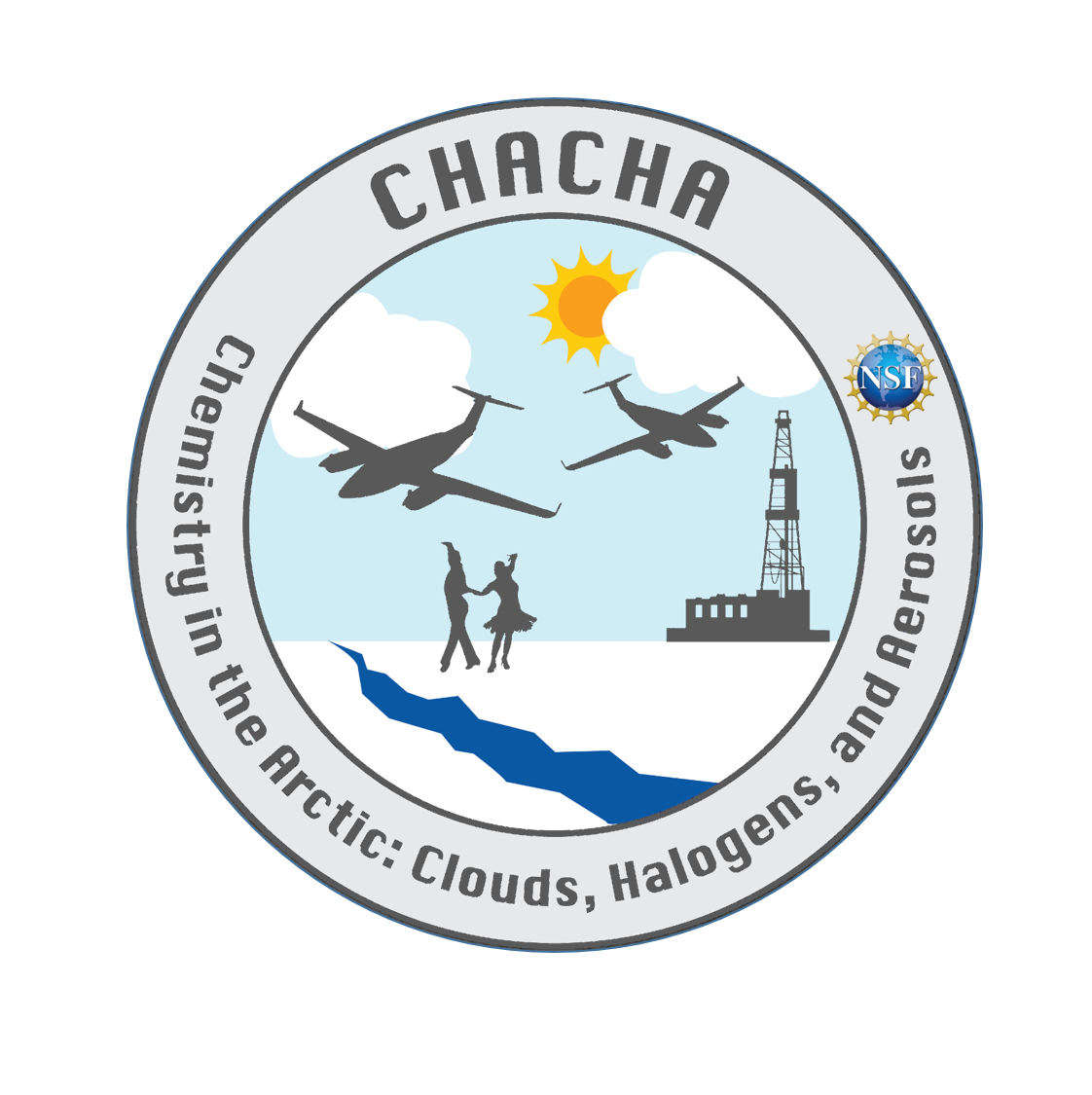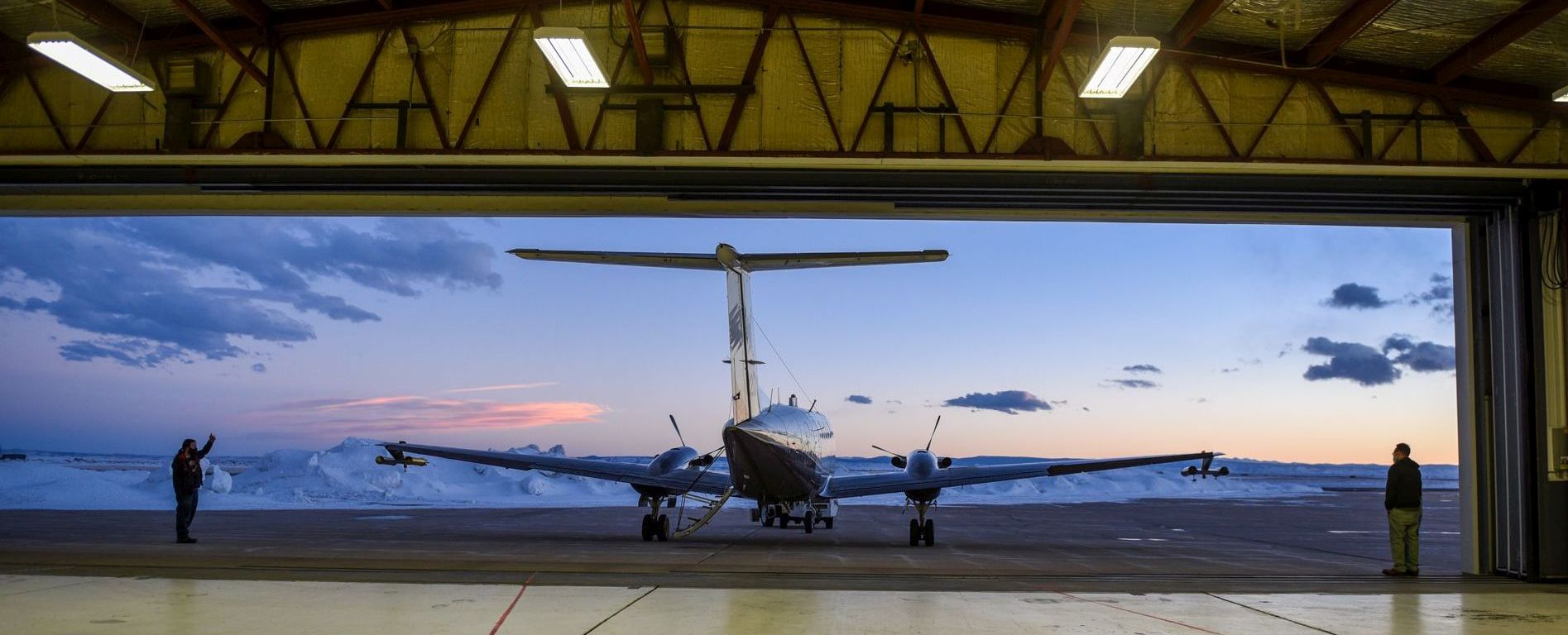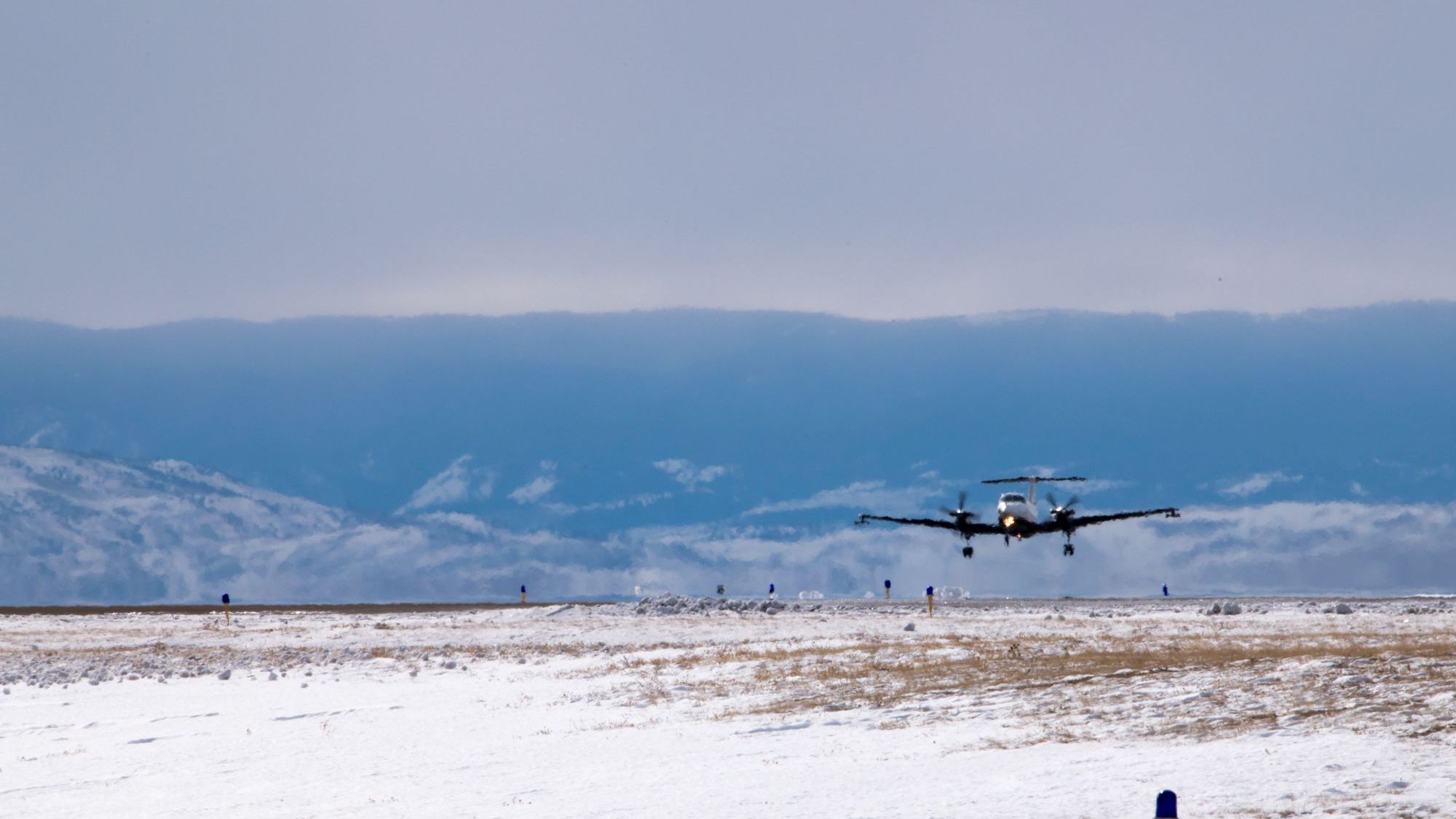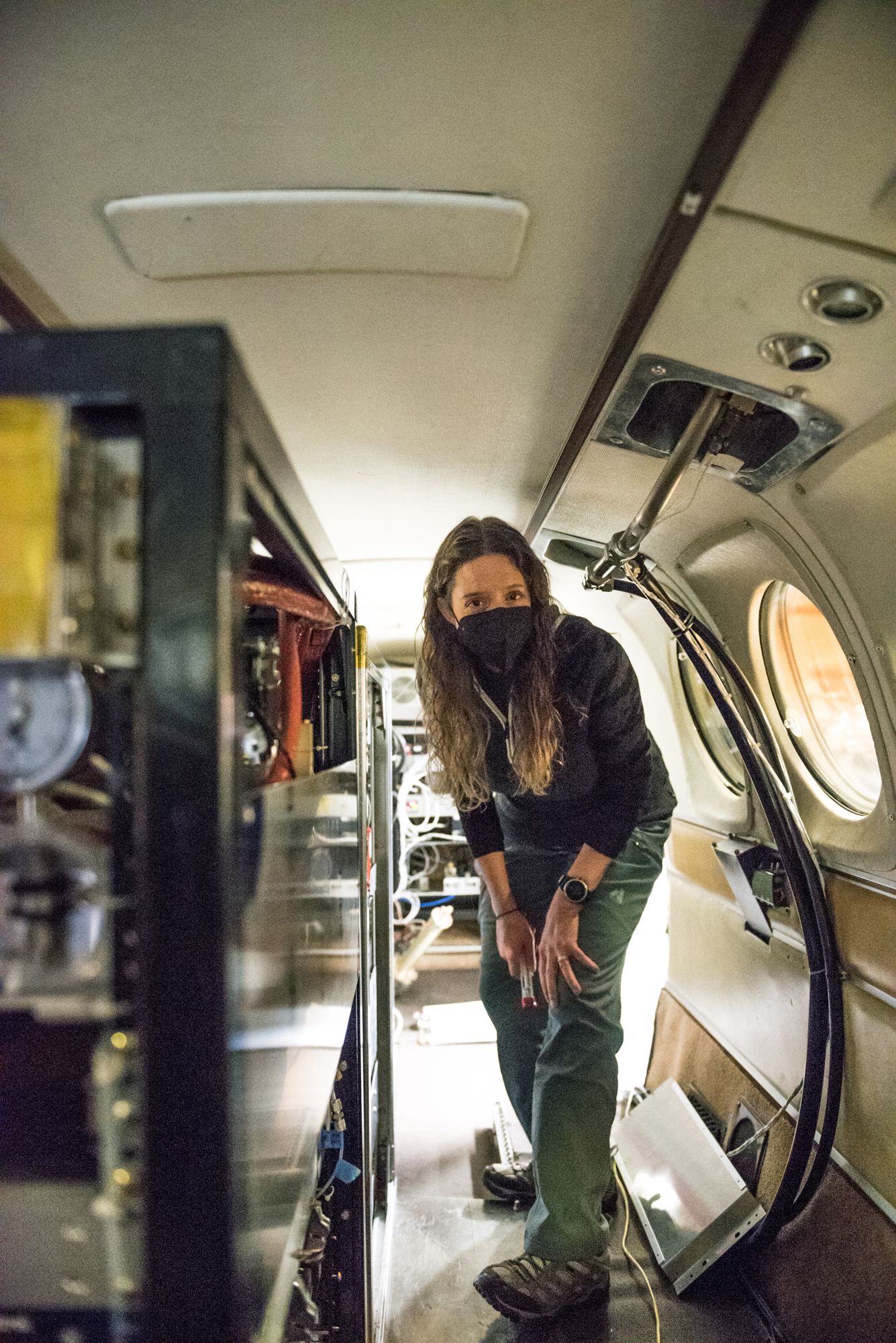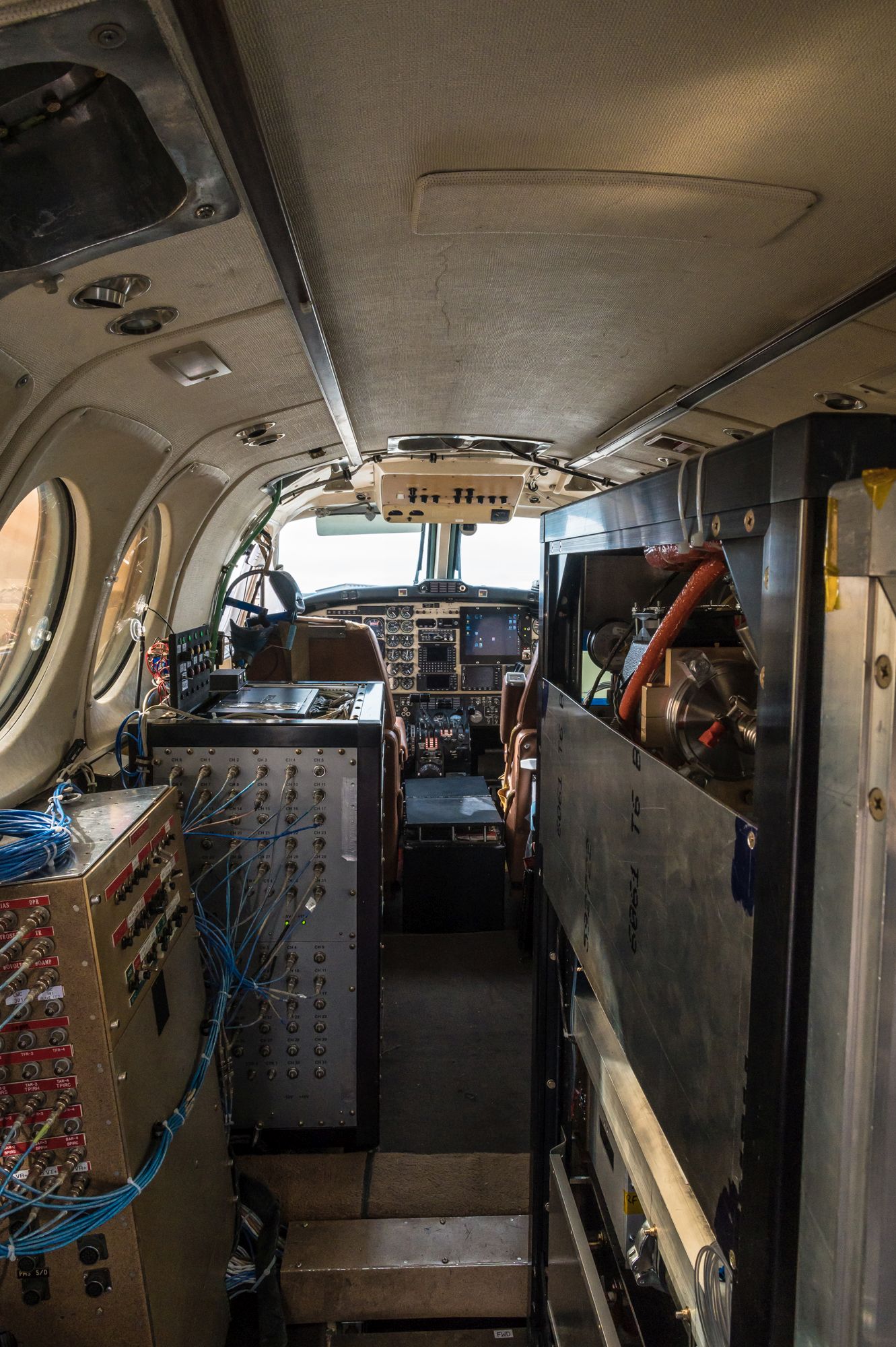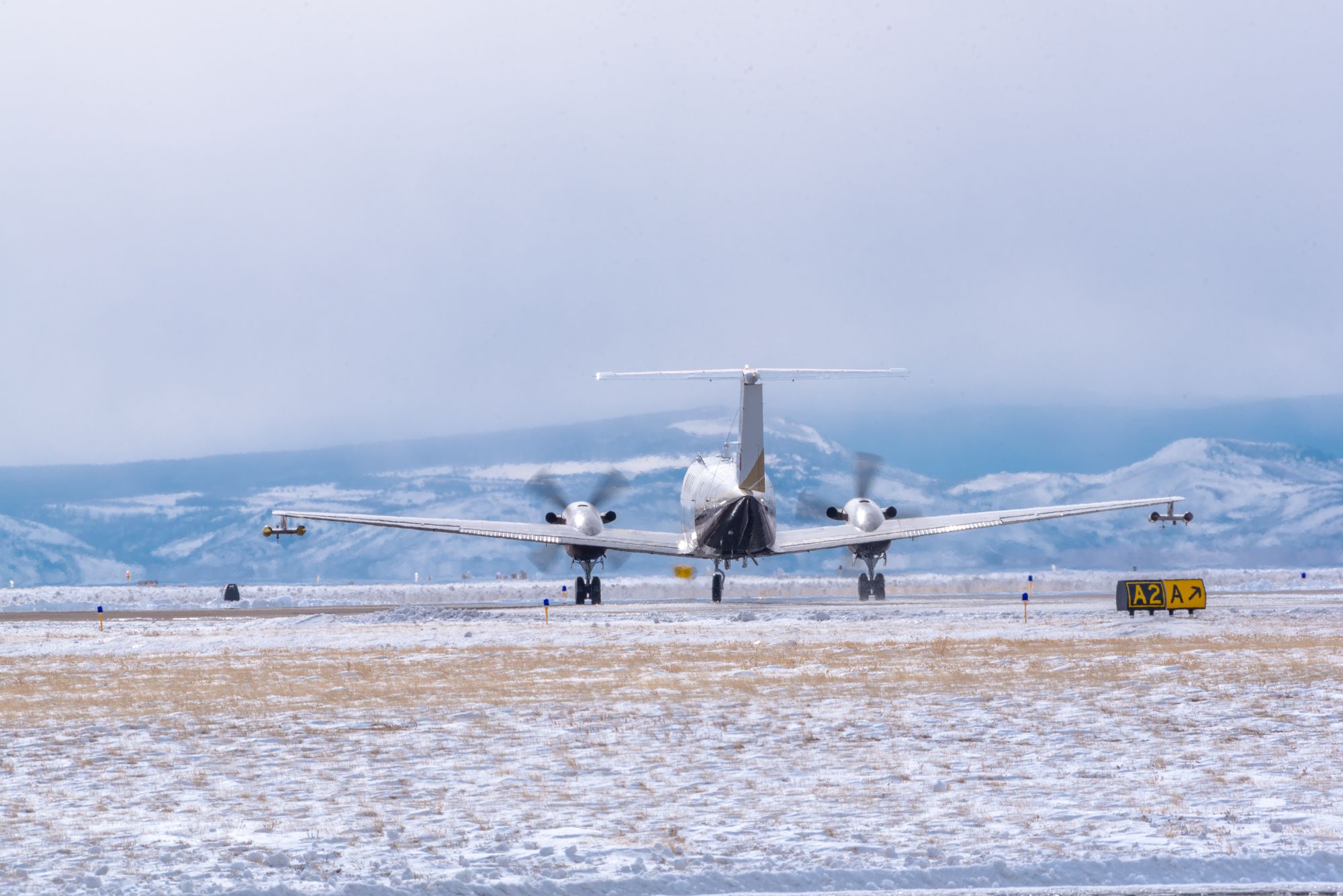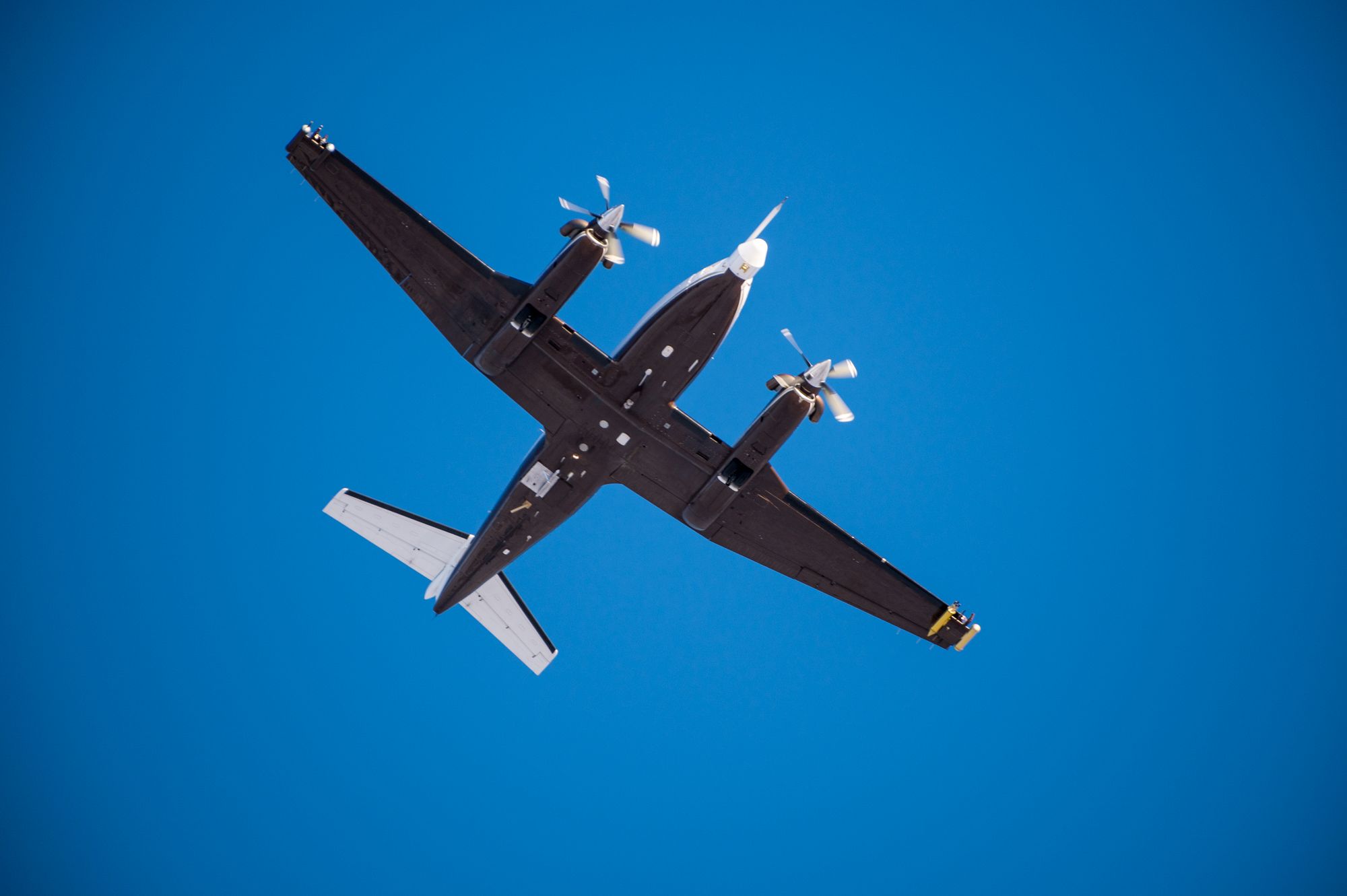Chemistry in the Arctic: Clouds, Halogens, and Aerosols
Utqiagvik, Alaska
NSF Funded Field Project
UWyo King Air + UPurdue ALAR
This field project aims to improve understanding of atmospheric chemistry that impacts ozone, particulate matter, and cloud chemical composition in the context of a rapidly changing Arctic. The atmosphere converts pollutants by processing them into water-soluble products that are removed through precipitation (rain or snow) or by deposition onto Earth's surface. This chemical conversion of pollution happens through a sunlight-driven (photochemical) process known as oxidation. Most of what is known about these atmospheric processes comes from measurements made at the surface in Arctic coastal environments. The CHACHA team plans to use two instrumented aircraft to conduct airborne measurements around the Chukchi Sea, the Beaufort Sea, and the Alaska North Slope region. We plan to target features that are rapidly changing - above and downwind of sea ice "leads" (areas of open water in otherwise sea-ice-covered ocean regions), and downwind of sources of combustion-derived pollutants. We will also use collected data to develop atmospheric models that will be openly available for use by the broader scientific community. Overall, this project will enable the United States to better understand how rapid change in the Arctic impacts the chemical composition of the atmosphere and to translate what was learned to other regions - including the atmosphere above the world's oceans and in Earth's upper atmosphere.
Powerpoint Presentation about CHACHA given to OFAP in 2019
